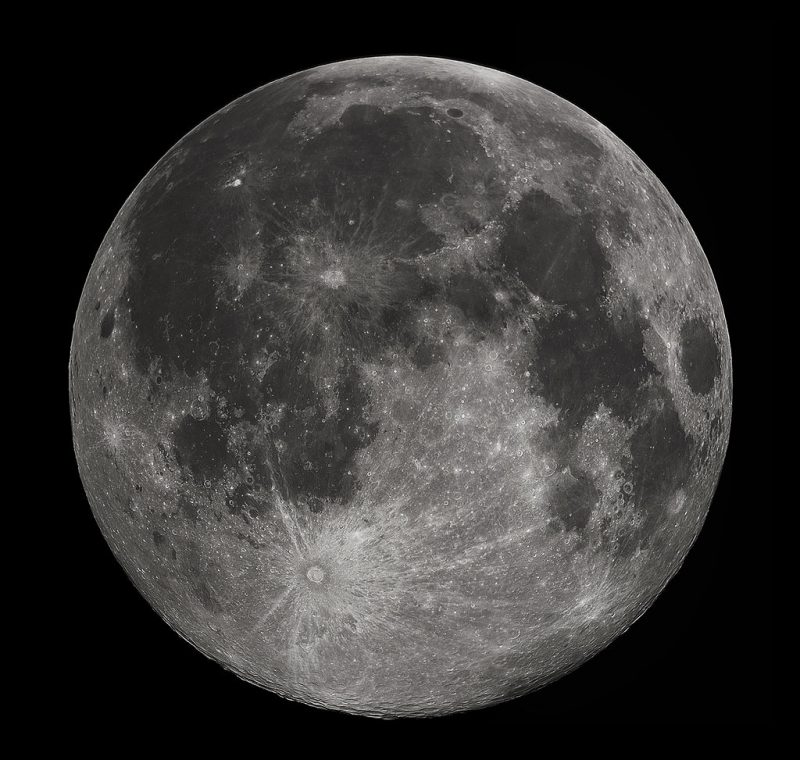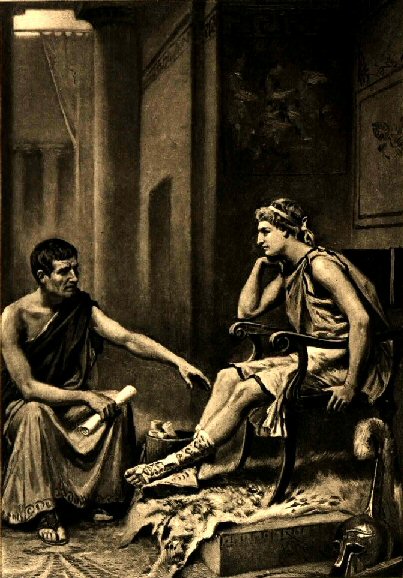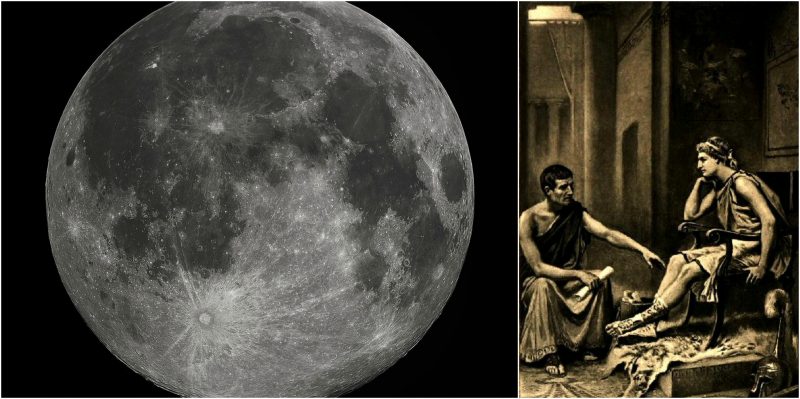Generally when one thinks of outer space, they think of it as a wide, open space with no owners. That’s right, no owners. Many countries have sent people up into orbit to study the planets and stars without any issues . . . until now.
The idea of private ownership of space is extremely ridiculous; a space law researcher at the Romanian Space Agency, Virgiliu Pop, said that many people think that no one has claimed space and planets before, and so they rush to claim them for themselves. He added that humans have a short memory as far as this topic goes, so every few years someone claims outer space for their own and it’s a popular story that people talk about for weeks.

Here are some of the top most ridiculous court cases claiming space ownership:
-
Sylvio Langevein
In January of this year in Quebec, Canada, a man named Sylvio Langevein walked into a courthouse and filed a suit. His suit claimed that he was the owner of all of the planets in the solar system, including four of Jupiter’s moons and the space between them.
He claimed that he wanted to collect the planets just like a kid collects hockey cards. He added that if he owned the planet, that would prevent China from establishing outposts above his head. The judge who oversaw the case dismissed the claims in March and made the announcement that Langevein’s paranoia was an abuse of the Canadian legal system.
-
Alexander the Great

Alexander the Great.Source
Alexander the Great was known to have tried to own outer space. There is a story that says Alexander wept when his friend, Anaxarchus the philosopher, said that there were other worlds beyond Earth and the universe, indicating space. If anyone is familiar with Alexander the Great, they know just how ambitious he was, and that he was willing to conquer any piece of land possible. Strangely, he never attempted to draw up plans and documents that would declare him the owner of the sky.
In another early case in regard to owning the sky, King Frederick the Great, who ruled Prussia in the mid-1700s, made that claim. The king sought out help from a healer named Aul Jurgens. In exchange for cures he bequeathed the moon to the Jurgen’s family. The story is known because one of Jurgen’s descendants tried claiming his lunar ownership in 1996, but no one believed him. Scholars at the Institute for Air and Space Law in the Netherlands denied Jurgen’s claim and told him that the king never owned the moon in the first place.
-
Dean Lindsay
In 1936, Lindsay looked up to the moon and thought to himself that nobody owns it. So in order to rectify the situation, Lindsay went to the Pittsburgh Notary Public office and presented a document that declared that he owned the moon.
He also drew up deeds for Saturn and Earth, although he didn’t claim ownership of them. Lindsay claimed that Earth was owned by its inhabitants so it had its own owners; no one knows why Saturn had its own deed and why Lindsay didn’t claim it. But he went to Irwin County Court House in Ocilla, Georgia to plead his case with the same documents.
Lindsay apparently planned to make a profit with his new properties (he had previously sold his two prior claims – the Pacific and Atlantic Oceans) though little else came from the claims. He died in June of 1969, just a month before the Apollo 11 landing.
-
James Thomas Mangan
In Mangan’s autobiography he claimed there were many things he was good at, and that one of those was his founding of the Nation of Celestial Space in Evergreen Park in Illinois 1949. The country laid claim to owning everything in space, and Mangan presented the Charter of Celestia to the Recorder of Deeds and Titles of Cook County, Illinois. This was documented by several news stations and even Life magazine. Mangan had written letters to 74 nations to invite them to give him official recognition and applied for membership with the UN in 1948. The international organization ended up rejecting his application.
Over the years, Mangan defended his nation’s sovereignty over space from several other people, including a student from Tennessee who had registered that the southern half of outer space was his. Mangan fought with the USSR, protesting that the launch of Sputnik in 1957 was an intrusion on his territory. He was also angry that the United States never asked for his permission to send Surveyor cameras to the moon in 1966.
Despite his issues, he was generous at times. He issued a license for banking on the moon to the president of Beverly Bank in Chicago, and presented official moon passports to the Apollo astronauts.
Mangan died in 1970, but passed his control of Celestia to his son James and daughter Ruth. His grandchildren now oversee the nation.
-
Dennis Hope
On November 22, 1980 Hope had registered the moon, filing his Declaration of Ownership with the San Francisco County office. He wanted it known that he would forever be known as the ruler of the moon.
He had also registered a business called the Lunar Embassy, and sent copies of his declaration to the United States, the UN, and the USSR, along with a $55,000 storage and littering bill. Hope then started selling his property acre by acre. In the first few years, his company had sold 3,500 properties. With the help of the internet, the business soon began to boom. Hope now has claims for 3.6 million property owners in 181 countries, including George Lucas, Ron Howard, Carrie Fischer, as well as members of royal families in six countries, two former United States presidents, and several astronauts.
The lowest sum for an acre is $20. Even though the company contradicts space laws, the business is still open today. He even sells moon domain names.
-
Moon Certificates
The website Mooncertificate.com has never gone through government channels for its rights to the moon. The website claims to be the “only lunar land deed site authorized by true owners of the moon.” The site claims it has its authority from the Martian Council of Kings. It also claims that they established the lunar property nearly 7.2 million years ago.
-
Martian Yemenites
In 1997, NASA’s Pathfinder mission landed on Mars. The event raised issues with a group of Yemenites. Three men named Adam Ismail, Mustafa Khalil, and Abdullah al-Umari wanted to sue NASA for trespassing. They filed a lawsuit with the Yemeni Prosecutor General, arguing that they inherited the planet from their ancestors 3,000 years ago. The three demanded that the mission be suspended and any information that was gained from the mission should be blacked out. The case was eventually dismissed without incident. After their failure, the men tried to sell some of the property for two dollars a square foot, but never made it very far.
-
Gregory Nemitz
In 2001 Nemitz was expecting the NEAR Shoemaker spacecraft would touch down on asteroid 433 Eros. He had claimed that the asteroid was under ownership of his company, known as Orbital Development, which mined rock, so he ended up filing a claim with Archimedes Institute in 2000. It stated that a tourist facility would be built in the spaces cleared by the mining.
Nemitz actually sent NASA an invoice for a parking fee and charged $20 per Earth century, due within 21 days of landing. Because the company had no real legal standing, NASA declined to pay the fee. This caused the two to go back and forth for several months arguing about the real ownership of space.
Nemitz eventually sent a letter to then-Secretary of State Colin Powell, who had told him that his claim violated the 1967 Outer Space Treaty filed in a federal court case in Reno, Nevada. After that, Nemitz wanted to file one more case with the federal courts, but decided against it and dropped the whole thing in 2005.
-
Marina Bayross
This case is one of the more recent space cases. Bayross is a Russian spiritualist and astrologer. When she heard that NASA’s Deep Impact mission was going to launch a data-gathering projectile, she made it clear that it could have a major impact on all humanity.
She then brought forward a suit in Russia’s Presnensky District Court in Moscow against NASA, seeking 8.7 billion rubles to compensate moral damages. Although it seems crazy, there have been two other cases just like this one. There was one in the 1960’s, where Indian astrologers believed the moon was too tainted for soothsaying after man had walked on it. Then the Indonesian island Bali launched a protest against the U.S. for desecrating a sacred place. Nothing came out of any of the suits, including the one filed by Bayross.
Source: http://www.wired.com/2012/06/space-cases/
